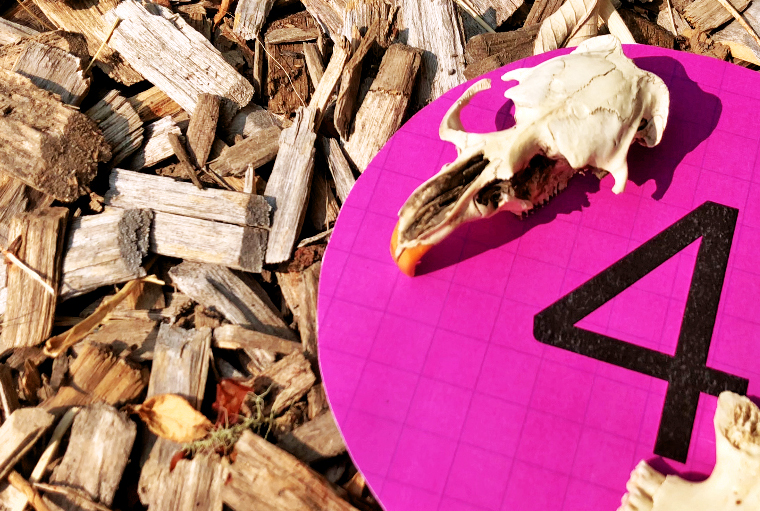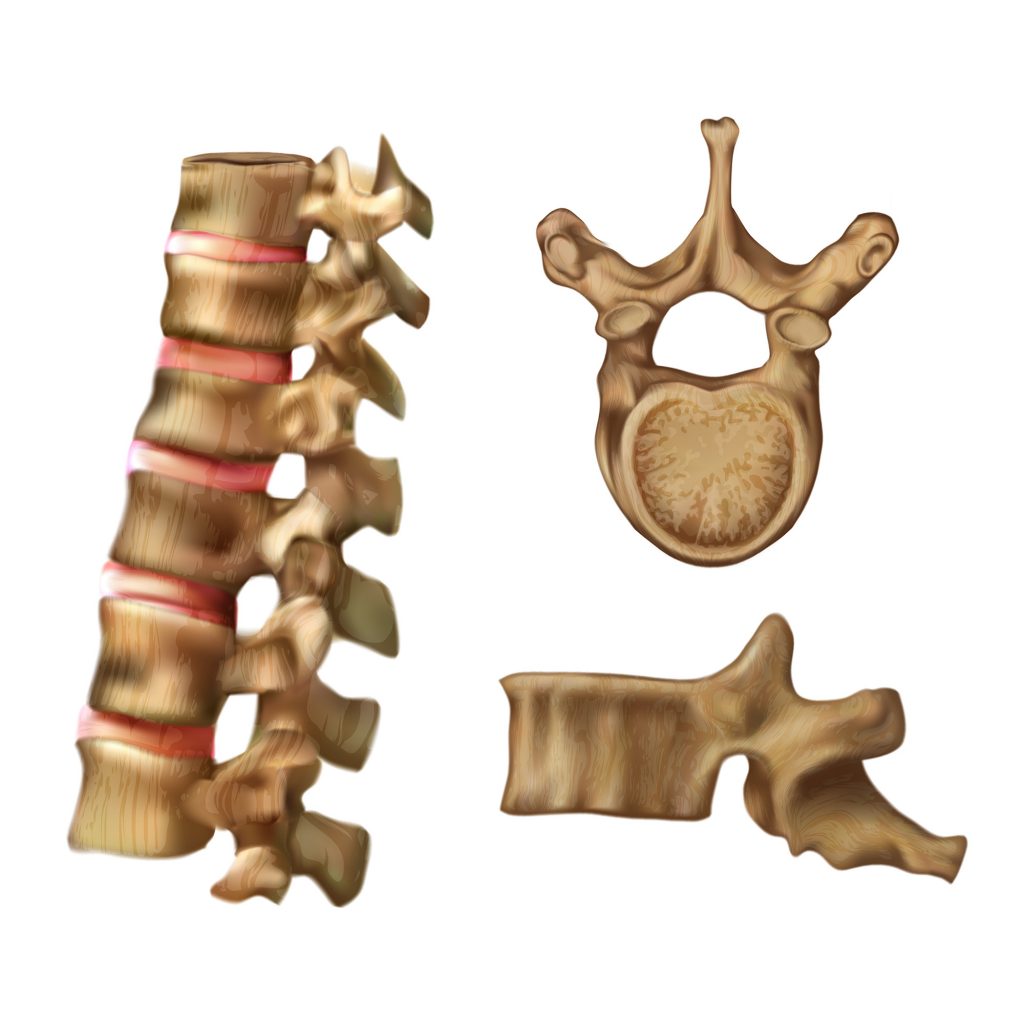
Bones
Bones
Vertebrates share similar shaped bones that can be used as a form of indirect evidence.
Learning Objective: Diagram bone structure and identify major types of bones found in vertebrate animals.

In an earlier guide we took a look at bones as a form of evidence of owl diet.
The same basic bones are found across vertebrate groups, differences in size and shape are used to identify species.

Homologous structures, or homologies, in animals have similar ancestry and similar structure.
Limbs in vertebrates are homologous, as are the vertebrae protecting the spinal cord.

Vertebrates have vertebrae, a series of bones that protect the spinal cord. This large vertebral bone is from a cow.
The video demonstrates some of the homologous bones shared by whales and humans.
Guides can be used to identify animals bones in the field.
Watch this video; you can select the closed captioning “cc” option if you would like to see the text.
The bones we find have typically been cleaned of soft tissue by scavengers.
The larvae of dermestid beetles, a type of carrion beetle scavenger, can be maintained as a colony to remove flesh from bones. They are used to produce clean, intact skeletons for educational and display use.
This video shows the colony being set up.
One month later, the colony is not thriving, and a carcass is added to feed the larvae.
Note: all dead birds used in the course are found in that condition.
In the next section, a closer look at the source of many bones found in the field: rodents.











